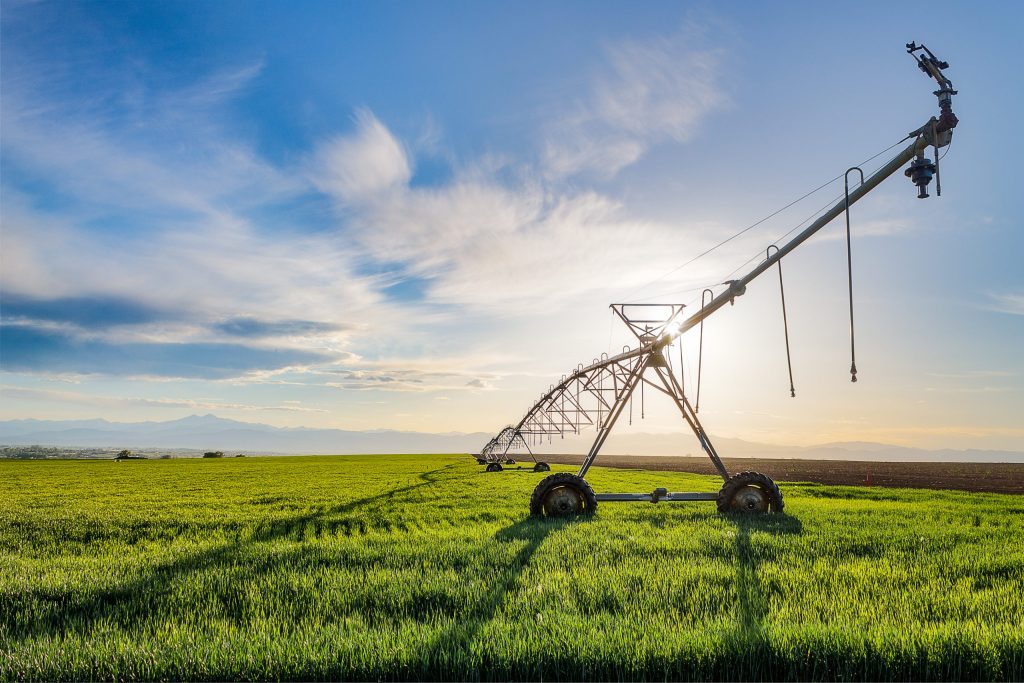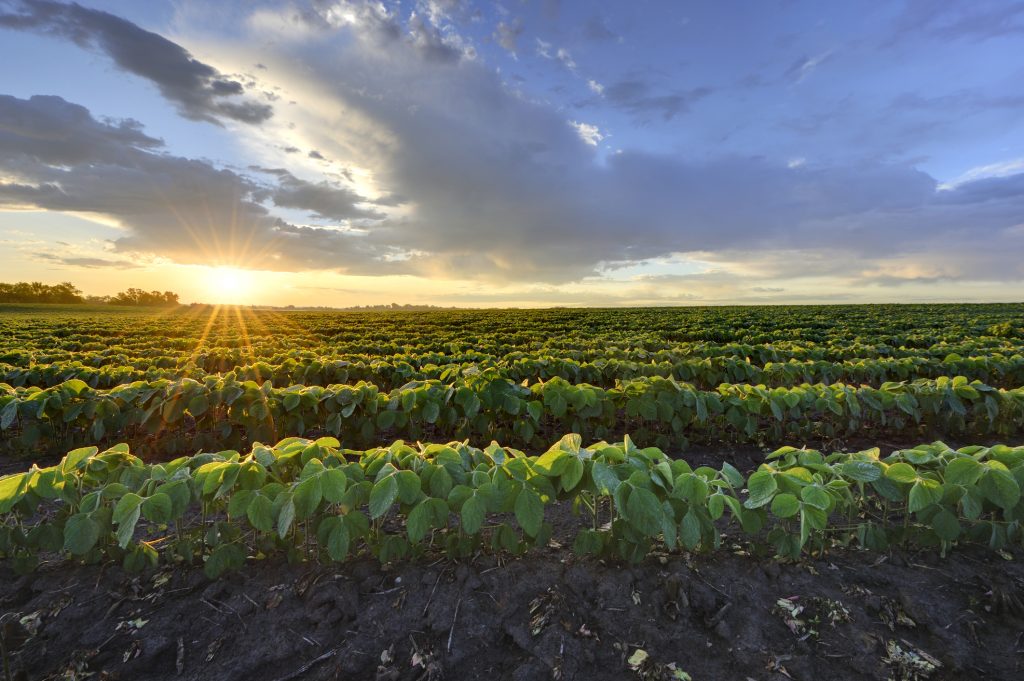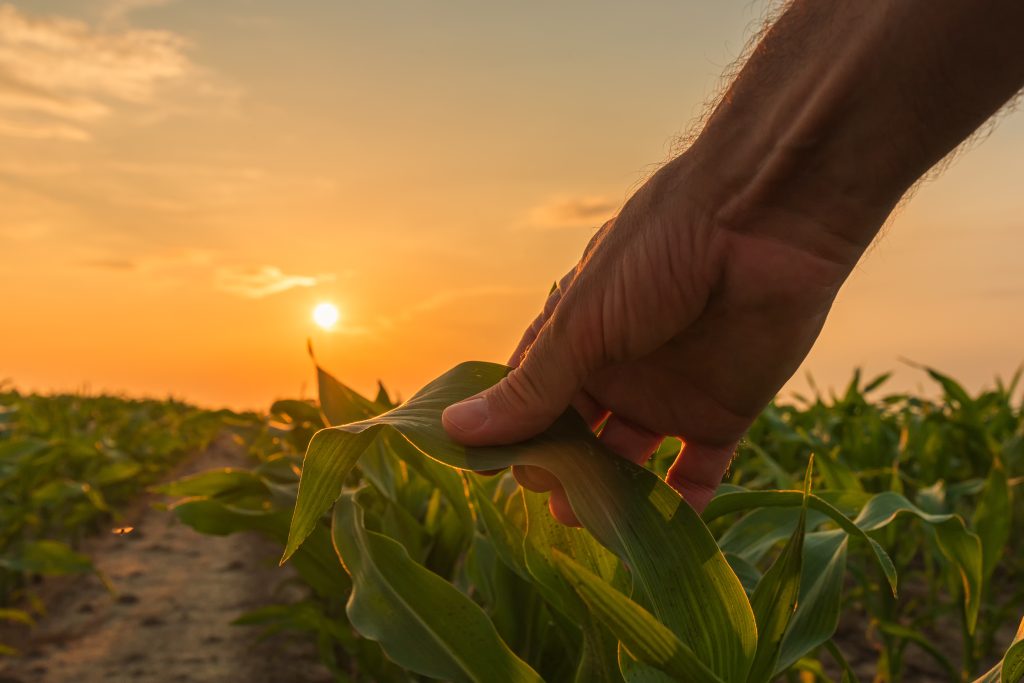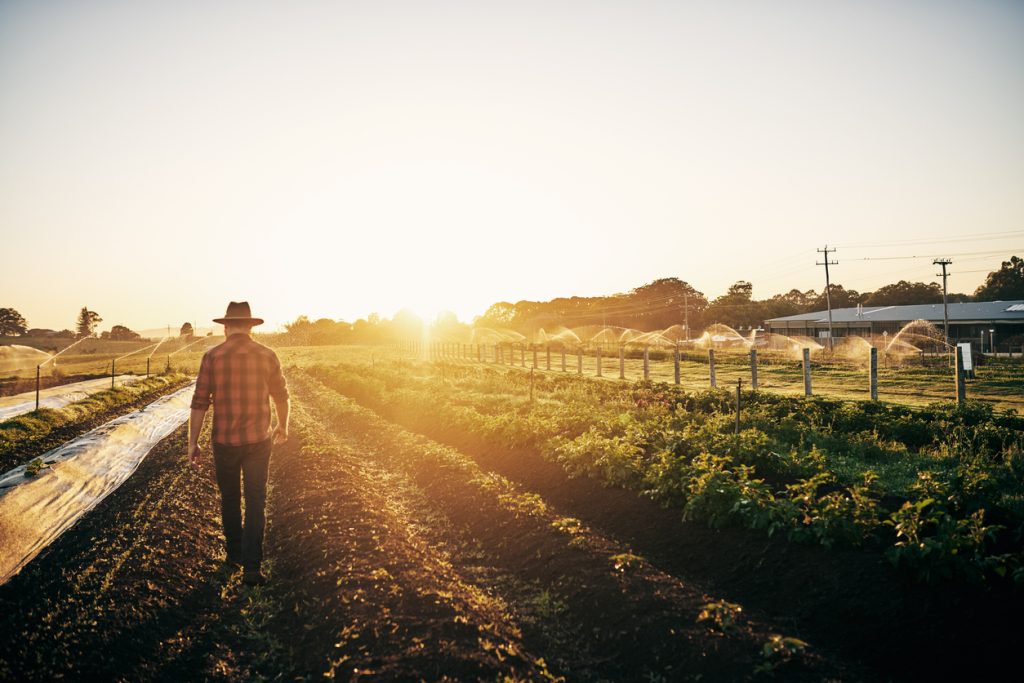Congress Supports Crop Insurance

With a one-year extension of the Farm Bill signed into law, Congress is turning its attention to drafting a five-year Farm Bill that strengthens the farm safety net. As the cornerstone of this safety net, crop insurance has received a lot of attention lately. We’re proud of this public-private partnership that keeps family farmers on […]
Farmers Testify: Crop Insurance Works

President Dwight D. Eisenhower once famously said, “farming looks mighty easy when your plow is a pencil, and you’re a thousand miles from the corn field.” That’s why farmers, crop insurers, and other agriculture stakeholders from across the country recently brought the corn fields to Congress. Farm leaders representing a diverse range of crops traveled […]
Farmers, Crop Insurance Earn Voter Support

Farmers put food on our tables, clothes on our backs, and keep our economy moving forward. It’s no wonder then that nearly 80% of Americans have a favorable view of farmers. Moreover, 91% of voters agree Federal spending on support for farms and farmers is very or somewhat important. In other words, more than nine […]
Congressional Ag Leaders Praise Crop Insurance

Congressional agriculture committee leaders praised the Federal crop insurance program in recorded remarks played yesterday at the crop insurance industry’s 75th annual convention. Senate Agriculture Committee Chairwoman Debbie Stabenow (D-MI) and Ranking Member John Boozman (R-AR, and House Agriculture Chairman Glenn “GT” Thompson (R-PA-15) and Ranking Member David Scott (D-GA-13) will be the chief architects […]
Principles for an Effective Farm Safety Net

Crop insurance is the cornerstone of the farm safety net. But why is crop insurance such an effective tool for farmers to manage their risks and recover from crop losses? Modern crop insurance brings together the efficiencies of a private-sector delivery system with the regulatory oversight and financial support of the government. Following the farm […]
Members of Congress Share Support for Crop Insurance

Congress recently heard loud and clear from America’s farmers that they must do no harm to crop insurance as they consider programs to support rural America. Farmers representing a diverse range of commodities testified last week before a House Agriculture Subcommittee hearing called by Subcommittee Chairwoman Cheri Bustos (D-Ill.) to share their experience with the […]
Wheat Growers Count on Crop Insurance

This year, America’s farmers and ranchers have faced one challenge after another. For wheat farmers in the west and Midwest, their crop is now threatened by severe drought conditions that could contribute to yield reductions or total crop loss. Thankfully, more than 90 percent of insurable planted acres are protected by crop insurance, including many […]
Crop Insurers: Proposed OMB Budget Undermines Farm Safety Net

The Office of Management and Budget (OMB) today released a proposed Fiscal Year 2021 budget that includes steep cuts to the Department of Agriculture and federal crop insurance. The American Association of Crop Insurers, Crop Insurance and Reinsurance Bureau, Crop Insurance Professionals Association, Independent Insurance Agents and Brokers of America, National Association of Professional Insurance Agents, and […]
Farm Bill Expands Crop Insurance for Young, Veteran Farmers

The future of farming depends on the next generation taking up the plow, so to speak. But the barriers to entry can be prohibitive – and prohibitively expensive. Costs for necessary items such as machinery, seeds, or land are high and add up quickly. Not to mention it can be difficult to obtain lines of […]
Lawmakers Stress Importance of Crop Insurance as Farm Bill Moves Forward

As the Farm Bill moves from passage to a conference committee between the House and Senate chambers to reconcile differences, lawmakers have been vocal in their support of crop insurance to our nation’s farmers. Here is just a small sampling of press statements by several U.S. Senators and Congressmen since the vote: “I’m proud to […]

